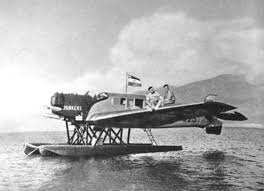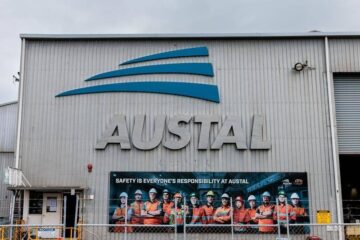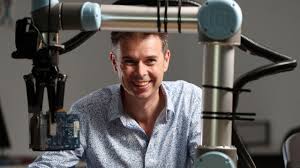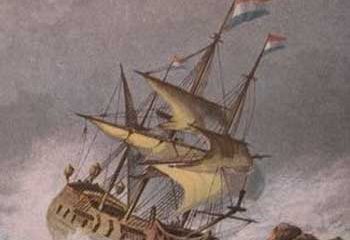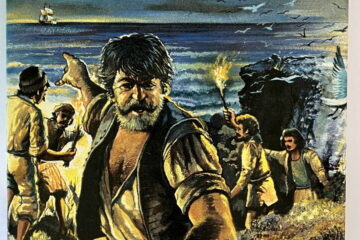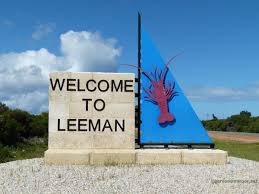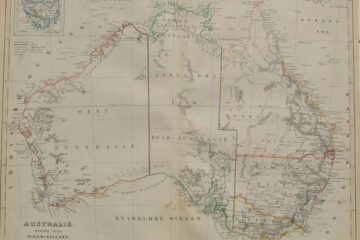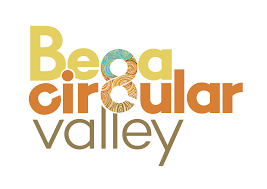Aviation and Shipping
A few Dutch connections to the 1932 Kimberley Rescue
In 1932, a daring attempt to circumnavigate the globe by air turned into a harrowing survival story for German pilot Hans Bertram and mechanic Adolph Klausmann. Their journey in the Junkers W 33 seaplane, Atlantis, registration D-1925, took an unexpected Read more…
